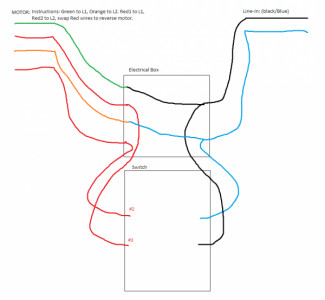- Joined
- Jan 2, 2016
- Messages
- 1,953
Agreed. Look around the house, and shop. Very few 120V items use relays. almost all have the 120V right behind the switch. Electronic items are the main things I see looking around, taht do not, and they are likely done more for noise isolation, and simplicity in manufacturing, then to move the 120V away from the switch.


